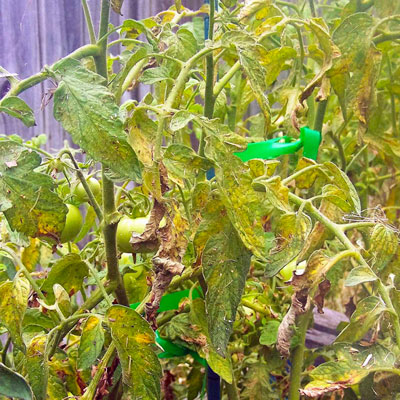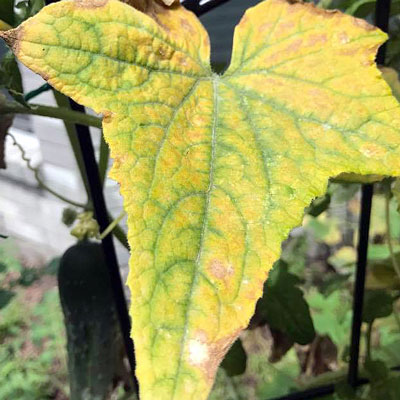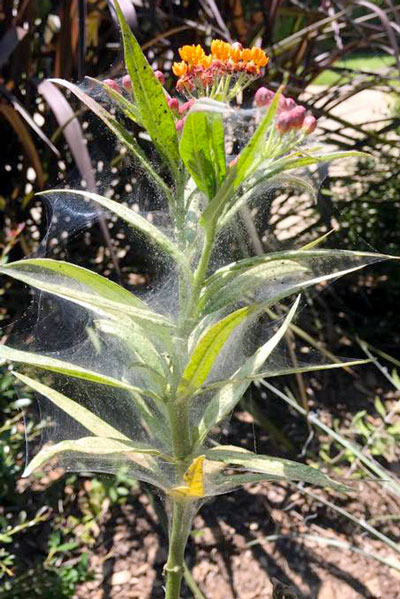Question of the Week – Number One: July 9, 2020
“What is causing the leaves on my plants to lose all their color? What can I do to stop it?”

Spider mites are probably the most omnivorous pests we have in Texas landscapes and gardens. For that matter, they’re one of the worst things you can have attack your prized houseplants as well.



But the worst part is that they’re almost microscopic and they hang out on the backs of your plants’ leaves.
How to know if it’s spider mites…
Here are your steps to diagnosing the presence of spider mites. Once you’ve been down this dark path you’ll know what to do the rest of your life.
• Fine mottling on the leaf blades. This is usually the first thing that you’ll see – hundreds of tiny tan speckles on the top surfaces of the leaves.
• Spider mites will most often show up first on the bottom leaves of plants, then work their way up.
• You can confirm that they’re there by thumping one of the affected leaves over a sheet of white paper. If you see tiny specks starting to move about briskly 10-15 seconds later, those are the mites. But look closely. They’re extremely tiny. You could easily fit 20 of them shoulder-to-shoulder on the head of a pin.
• If you care to look with a hand lens or magnifying glass, spider mites have 8 legs. Insects have 6 legs. Spider mites, therefore, are actually more closely related to ticks and spiders than they are to insects.

• Eventually, when the population is completely out of hand, spider mites will often form fine webs engulfing part of all of the stricken plants. By that point it’s almost useless to try to save annual flowers and vegetables. Damage has already been done and the plants have been lost.
• Before things get to that point, however, you can apply a general-purpose insecticide labeled for control of spider mites (may be simply labeled for “mites” or “red spiders.”) Unfortunately, at consumer level we no longer have products labeled specifically for control of spider mites.
